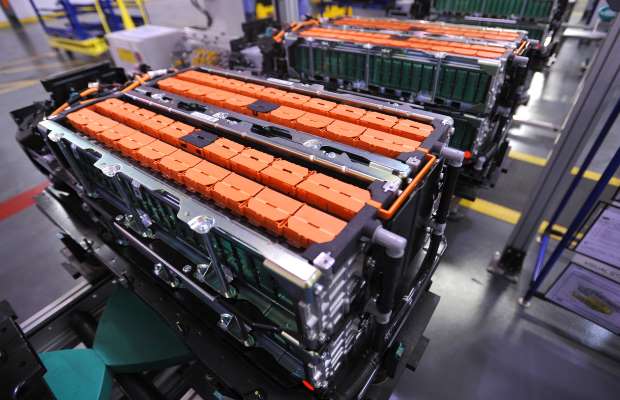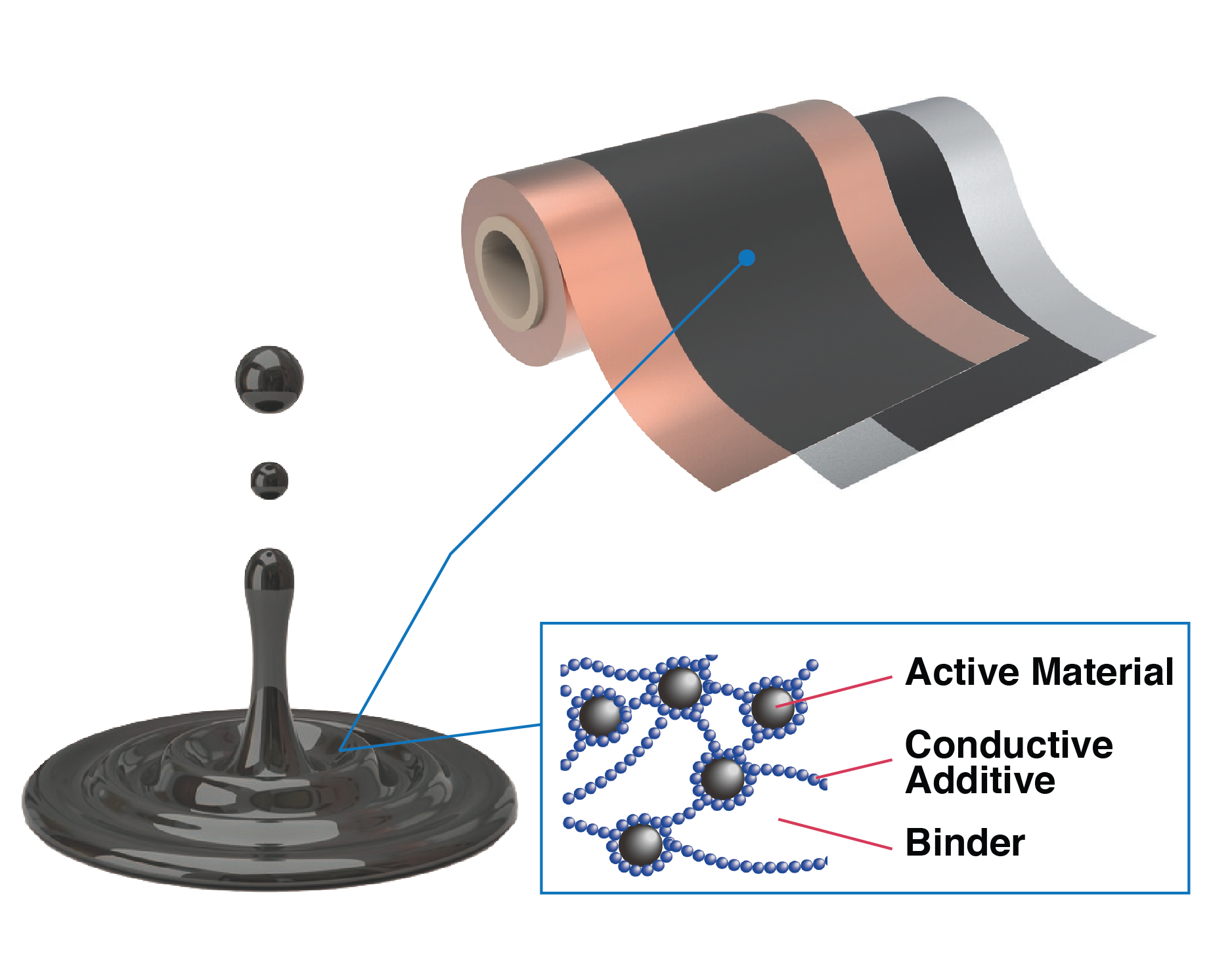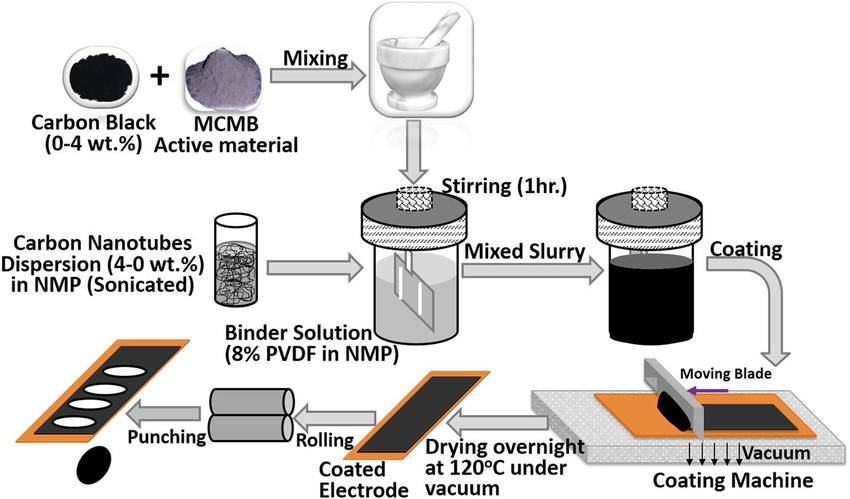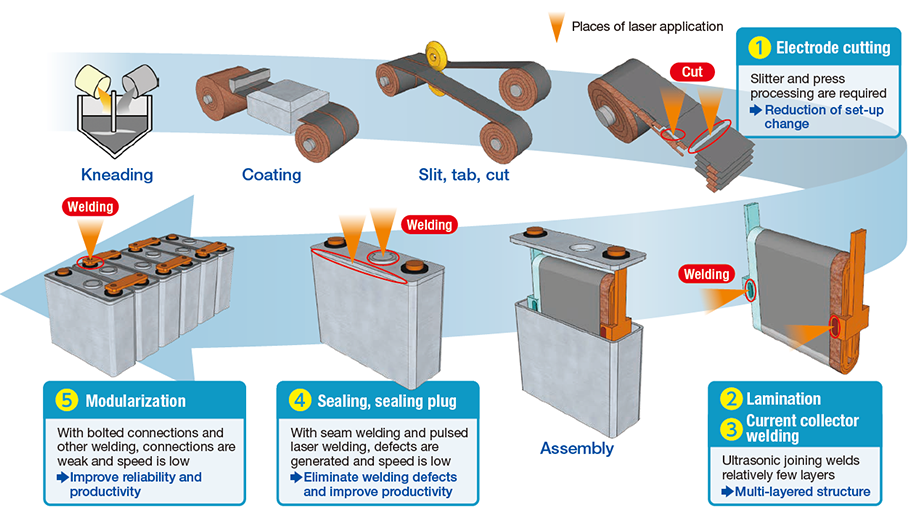Lithium Ion Battery Cell Manufacturing Process Presentation
| Introduction to Lithium Ion Battery Cell Manufacturing Process | ||
|---|---|---|
| Lithium ion battery cells are widely used in various applications such as electric vehicles, portable electronics, and renewable energy storage. The manufacturing process involves several steps to ensure the production of high-quality and reliable battery cells. The process consists of electrode preparation, cell assembly, and quality control stages. | ||
| 1 | ||
| Electrode Preparation | ||
|---|---|---|
| The first step in the manufacturing process is the preparation of electrodes. Electrodes are typically made of a combination of active materials, binders, and conductive additives. The active materials, such as lithium cobalt oxide for the cathode and graphite for the anode, are mixed with binders and conductive additives to form a viscous slurry. | ||
| 2 | ||
| Electrode Coating | ||
|---|---|---|
| The slurry is then coated onto a current collector, typically made of copper for the cathode and aluminum for the anode. The coating process ensures a uniform and controlled thickness of the electrode material. Coating techniques include doctor blade coating, slot die coating, and roll-to-roll coating. | ||
| 3 | ||
| Electrode Drying and Calendaring | ||
|---|---|---|
| After coating, the electrodes go through a drying process to remove the solvent and binders. The drying process can be done through various methods such as convection ovens or infrared heating. Once dried, the electrodes undergo calendaring, which involves compressing the electrode to improve its density and adhesion. | ||
| 4 | ||
| Separator Preparation | ||
|---|---|---|
| Separators are essential components that prevent direct contact between the cathode and anode, ensuring safety and preventing short circuits. The separator is typically made of a porous material, such as polyethylene or polypropylene. The separator is cut and shaped into specific sizes and formats suitable for battery cell assembly. | ||
| 5 | ||
| Cell Assembly | ||
|---|---|---|
| Cell assembly involves the stacking of multiple layers of electrodes and separators. The layers are assembled in a specific sequence, with the cathode, separator, and anode repeating. The assembled layers are then compressed and rolled into a cylindrical or prismatic shape, depending on the battery design. | ||
| 6 | ||
| Electrolyte Filling | ||
|---|---|---|
| Once the cell is assembled, it undergoes electrolyte filling. The electrolyte, typically a mixture of lithium salts and organic solvents, fills the space between the electrodes and separator. The filling process is done in a controlled environment to ensure proper filling and avoid contamination. | ||
| 7 | ||
| Cell Sealing | ||
|---|---|---|
| After electrolyte filling, the cell is sealed to prevent leakage and maintain a hermetic environment. Sealing techniques include heat-sealing, ultrasonic welding, or laser welding. Proper sealing is crucial to ensure the long-term stability and safety of the battery cell. | ||
| 8 | ||
| Formation and Testing | ||
|---|---|---|
| After sealing, the battery cells undergo an initial formation process. The formation involves subjecting the cells to specific charging and discharging cycles to stabilize their performance. Once formed, the cells go through rigorous testing, including capacity testing, cycling tests, and safety tests. | ||
| 9 | ||
| Quality Control and Final Packaging | ||
|---|---|---|
| Quality control checks are conducted throughout the manufacturing process to ensure the cells meet the required specifications and standards. Once the cells pass quality control, they are packaged into modules or packs, depending on the application. The final packaging includes insulation materials, protective casings, and electrical connectors. | ||
| 10 | ||
| References (download PPTX file for details) | ||
|---|---|---|
| Doe, R. (2018). Lithium-ion battery manufactu... Wang, Y., & Zhang, L. (2019). A review of lit... Wood, D. L., & Li, J. (2017). The status and ... |  | |
| 11 | ||








